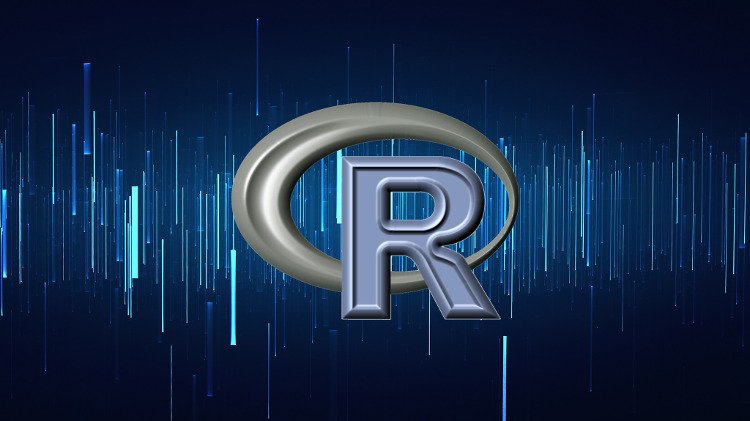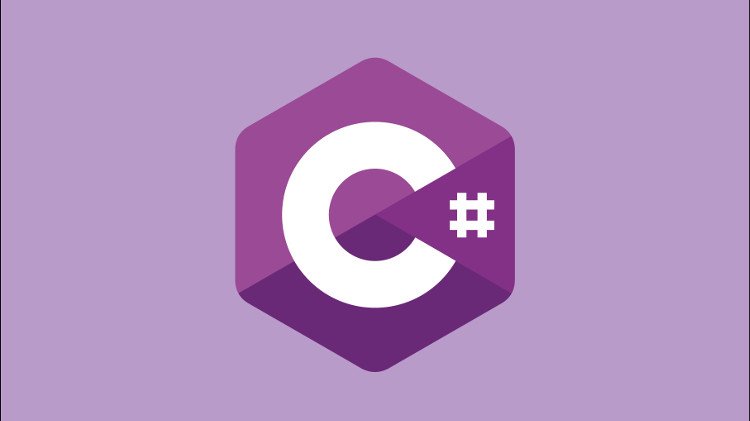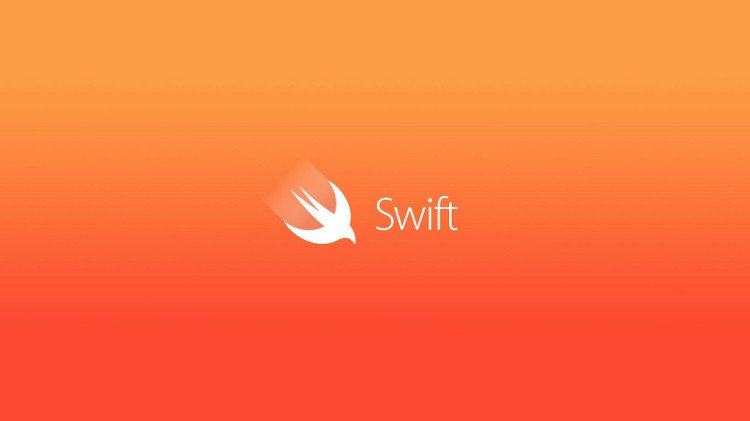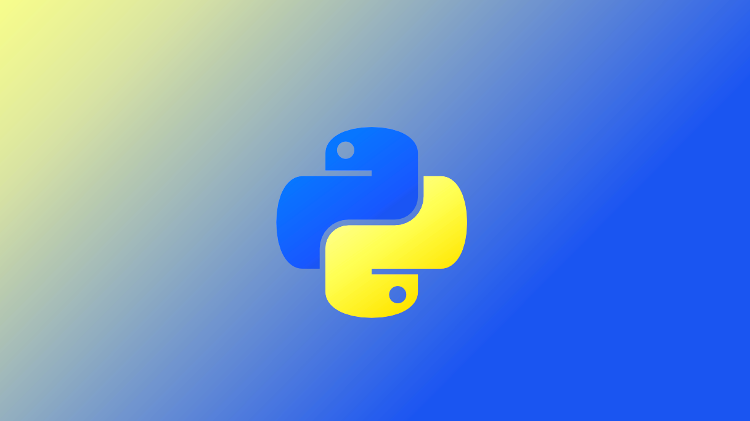In this digital age, the world around us is increasingly a construct of programming. Whether using social media to share thoughts and photos, e-mail to stay in contact with co-workers, or YouTube to watch videos, we’re reliant on programming languages to make our lives better.
If you’ve ever wondered what programming languages are used the most often for the things we use, then you’ve come to the right place. In this feature, we’re going to look at the top five most popular languages used in 2018.
I’ve been programming for over five years and currently work as a full-stack developer. This list was based on job listing popularity (especially on Indeed.com), forecasted growth trajectory, as well as positive resonance within the development community.
5. R Programming Language

The first language on this list might surprise you. R isn’t particularly well-known outside of data analysis circles, but that’s the thing: data analysis is huge in today’s day and age.
R originally debuted in 1993 to praise by statisticians and data miners. Since then it’s seen incremental growth in popularity, with huge surges in recent years as big data has become an integral part of everyday life for many verticals. Financial businesses, investment firms, insurance companies, and more regularly rely on R programming to produce valuable analytics, from charts to predictive models.
Its syntax is relatively friendly too. In fact, R ranked as the “least-disliked” language in one of Stack Overflow’s recent developer stories, beating out some serious competition.
R isn’t necessarily for everyone given its data analytics niche, but if you find some time to build side projects using it, you may just find yourself with a new skill that’s extremely valuable for just about any company you’ll ever work for.
4. C# Programming Language

C# (pronounced “C sharp”), is a back-end language developed by Microsoft at the turn of the century. Out of all the languages on this list, it’s usually the hardest to learn, but the payoff is huge. C# developers tend to make a lot of money.
You can find C# in a large number of enterprise software solutions as well as video games. Actually, if you have any interest in building video games, whether it be something in virtual reality or an indie game, C# is well worth your time and investment. Game developers use this language very often, including games such as the indie title Terraria, the narrative adventure Life is Strange, and the mega-hit Pokemon GO.
Biggest Tech of 2018: Five Gadgets to Rule the Year
C#’s syntax can most be explained as a friendlier version of C++. Both languages share a lot in common, with C# certainly being the easier of the two to wrap your head around.
If you ever find yourself up in Seattle, you’ll be happy you spend some time learning C#. There’s more C# around here than Starbucks.
3. Swift Programming Language

Swift is the only language on this list with a short-term history. It was released by Apple in 2014, after all.
Despite its adolescence, it’s become a major player in the market. For one, it’s a language built specifically for constructing iOS and macOS applications, meaning that it interfaces directly with Apple hardware. Using it, you can build native solutions that are highly optimized and user-friendly without much effort.
But the real reason why Swift has been able to win over programming in just four years is its syntax is beautiful. Like R, it ranked admirably in Stack Overflow’s “How disliked is each programming challenge”, reflecting its favorable approach to coding structure.
With just a few hours of learning per week, using Swift you could build highly performant iOS and macOS solutions for fun or even make some money. With Apple’s ecosystem being larger than ever before, that’s quite the proposal.
2. Python Programming Language

In the past couple of years, Computer Science courses in colleges across the United States have slowly but surely transitioned from teaching Java and C++ to Python. It’s no coincidence, either. Python is the fastest growing language on the market in the past two years, and it doesn’t show any signs of stopping.
Python’s brilliance is two-fold. For one, it can build just about everything. At work, I use Python with its Django framework to construct a full-stack web application, which essentially means you can use Python to build any website you can imagine.
Also See: This Extremely Rare 40-Year Old Apple Computer Could Fetch Over $300,000 At Auction
Where it’s seen the tremendous growth that’s made headlines on many websites is in its popularity for machine learning, data mining, and scientific computing. Python is the defacto language for these sub-sets of programming that are a huge part of today’s programming environment. Think Apple Siri voice commands, automated help chat, predictive messages in SMS, and other recent developments. These were, for the most part, build using Python.
Made better, Python’s syntax is surprisingly user-friendly. It’s just about the friendliest back-end language out there, using significant whitespace, a dynamic type system, and automatic memory management. You can learn it in just a couple weeks and begin making plenty of cool apps.
1. JavaScript Programming Language

The biggest trend in programming outside of machine learning is the growing dominance of web-based applications. Hardware has finally gotten to the point where just about every device, from smartphones to laptops, can handle complex JavaScript applications. With that, its accessibility has become its greatest strength.
JavaScript is one of three languages that every browser out there can read, next to HTML and CSS. So, as the browser has become an increasingly common platform for building solutions, JavaScript has naturally been the language of choice.
JavaScript isn’t just used for the front-end anymore, either. Node.js is extremely popular in 2018, which is a back-end JavaScript run-time environment. With this, for the first time ever you can build an entire full-stack solution using only JavaScript.
The syntax has gotten better over the years (especially with ES6’s additions), and while languages like Python and Swift might be a bit more elegant, it’s beginner friendly.
Put simply, if you want to learn how to build websites, JavaScript is a must-learn.








